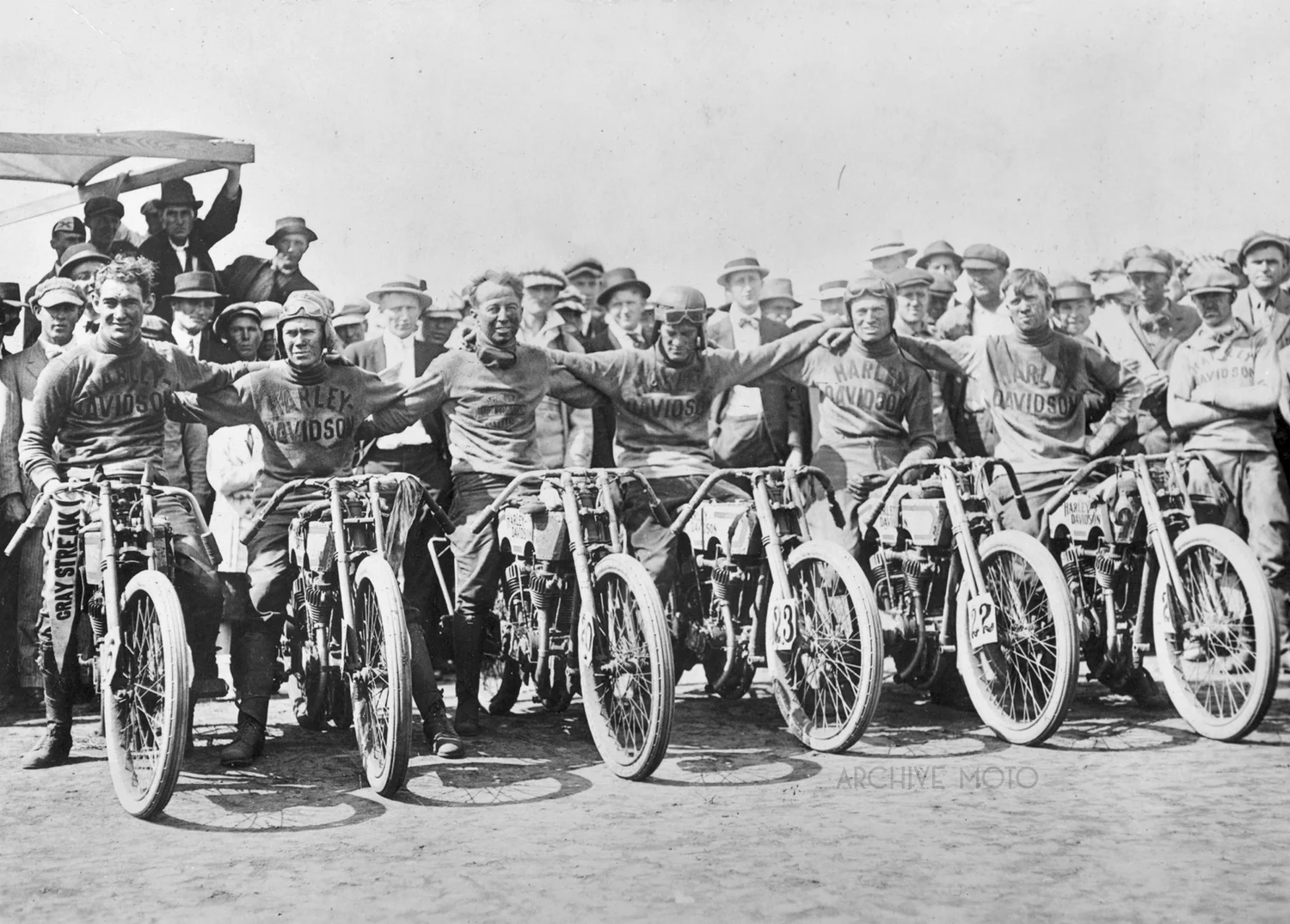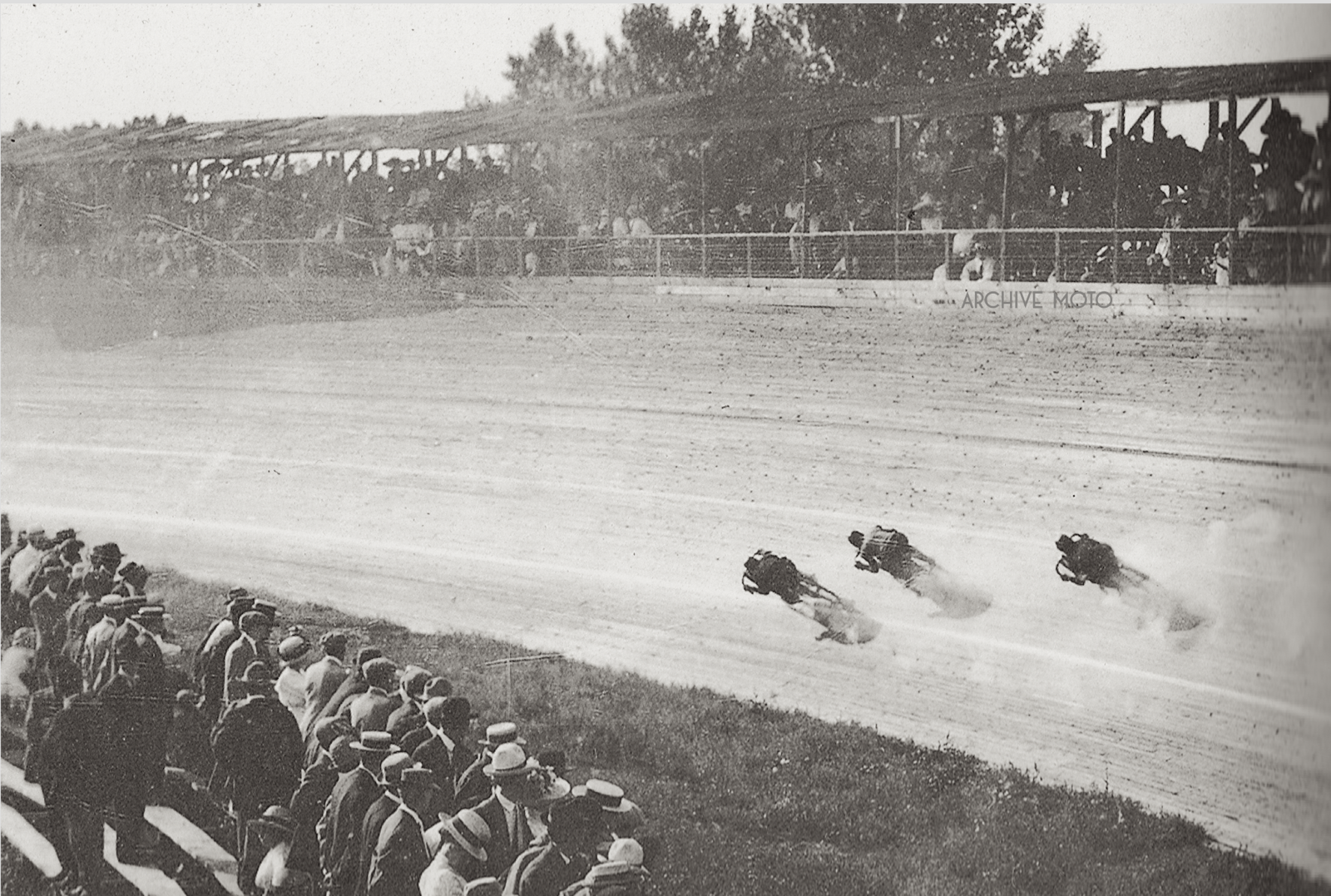After having laid waste to numerous motorcycle land speed records on the sands at Daytona beach in February 1920, Harley-Davidson and their star Wrecking Crew racer Red Parkhurst savored the accolades that poured in from every corner of the country. However, though Parkhurst could claim that he was officially the fastest man on two wheels on the planet, his crown would soon be snatched by a wiry southern boy on a crimson rocket.
America first fell in love with motorized speed on the hard-packed sands of Florida’s coastline at the beginning of the 20th century. The annual Carnival of Speed at Ormond Beach, a northern neighborhood of Daytona immediately caught the attention of the world’s most passionate auto and motorcycle enthusiasts, establishing the area as the world’s “Birthplace of Speed.” However, as the industry and infrastructure of racing grew over the years the pursuit of speed records shifted to more managed and manicured venues like the speedway tracks at Indianapolis, the perilous short circular motordromes, and the large wooden super speedways of the late teens. In February 1920, Harley-Davidson, who was at the height of their racing success given their powerhouse stable of “Wrecking Crew” racers and their high-test factory racing machines like the banjo two cam 8 valves, resolved to revisit the sunny shores of Florida’s Eastern seaboard, aiming to set new land speed records once again on those hallowed sands.
Denver, like most metropolitan cities at the turn of the 20th century has a long heritage of motorcycling. However, Denver is unique in that it was the only city in America to construct and support two full sized board track motordromes. Though the Northeast had a number of tracks in close proximity of one another, and Los Angeles technically did have three tracks but with varying shapes and sizes, the two full sized circular motordromes in Denver, Lakeside and Tuileries, became a grand experiment as to how much competition Americans could handle, and made Denver an early capital of the sport.
Seen here a race on the shallow banking of Denver's Tuileries Motordrome ca. 1912, one of the first board track motordromes built in America. The track originally opened in the Spring of 1911 along with a second track at the White City Amusement Park, also known as the Lakeside Motordrome, an unique experiment in multi-track sustainability.





